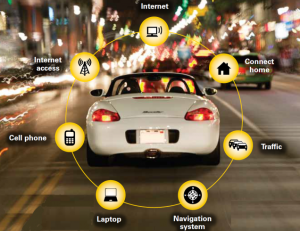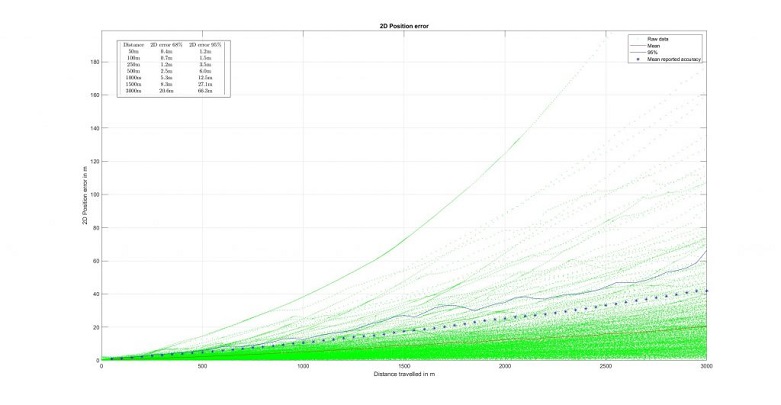From cars to connected and intelligent cars
While traveling on the Indian roads, one often comes across the persistent problems of incessant traffic jams, long queues at the toll booths, mixing of traffic on roads by different vehicles, i.e. same roads used by high-speed cars, trucks, 2 wheelers, cyclists and even animals. Safety & security needs to be ensured while people are on the move.

As per the Ministry of Statistics, Govt. of India, 1, 69,107 lives were lost on the Indian roads due to road accidents alone in 2014. The security of girls in the public vehicles has become a national issue. Pollution on the roads is bound to adversely affect the health of citizens if correct measures are not taken on time. How and when are we going to address these issues?
Intelligent Transportation Systems (ITS) seems to provide a solution for many of these problems.ITS technologies are being deployed at all levels & by all concerned stakeholders in the transportation ecosystem.MoRTH, the apex body of transportation has already published a policy document on vehicle tracking systems (VTS) & CCTV systems for being deployed across all public vehicles in the country. Some state governments have already implemented the mandate of equipping all public vehicles with these tracking systems. These VTS systems are capable of relaying live videos to the backend along with location coordinates. The system comes with a SOS button to alarm the command center regarding safety & security of the passengers. The live data of all these public vehicles are being monitored at the central command servers. These VTS systems are also being used to ensure the entry of only authorized vehicles in the mining fields of Orissa. This is a classic example of ITS technologies contributing towards safety, security. With the visible advantages it has, the VTS systems might be included as an OEM fitment in the coming years.

The government has announced an ambitious plan, “all-electric vehicles by 2030”. This means no gasoline vehicles on the road 2030 onwards. Most of the OEMs are already working on their electric vehicles. However, a lot of work would go into creating the charging infrastructure. The petrol pumps would need to be replaced by charging stations. The cost implication of such transformation would be significant. Also what would happen to the existing gasoline vehicles is another question? But there are innovative ways in which we could build up on our existing infrastructure & save on the costs, e.g. converting the existing electric poles to double up as the charging points. In this way, we could also save on the wiring and installation activities & overheads. The retrofit hybrid module may convert the existing gasoline vehicles into the electric vehicles directly.
The other technologies such as V2X communication, advanced driver assisted systems (ADAS), driver drowsiness systems (DDS), interoperable RFID cards & transceivers at all tolls across the country are some of the other technologies which are being developed & deployed by the industry.A lot of these systems communicate over the RF or internet and hence we need to also build a protocol regarding data exchange. Since every coin has two sides, cybersecurity would need to be properly ensured before deploying such systems on a mass scale.
But the question arises! Are we ready for this change? Is our infrastructure robust enough to handle & safeguard the amount of data that would be on the web when these systems are deployed on a country level? Is a protocol standard set for the communication flow & information exchange between these devices? These questions must be discussed & proper framework needs to be prepared before we take a giant leap into the world of connected cars.
“The dream of connected & intelligent cars built on a safe, secure & reliable platform is gradually becoming a reality with the joint initiative of the industry and the government. The car would essentially become a connected device which would communicate with everything around (man, machine and infrastructure). Hence, a protocol standard would need to be developed to ensure proper protocols for communication flow and information exchange between the different stakeholders to ensure safety & security of sensitive data.”
To play our part in this complete ecosystem, we at TUV Rheinland (India) Pvt. Ltd. have equipped ourselves with the state-of-the-art facilities to test and validate all of these new systems & technologies from the reliability, EMC and wireless perspectives to ensure that a safe, reliable and secure product enters the market. We also provide trainings and services in the field of conformity of production (COP) for automotive components and vehicles.


